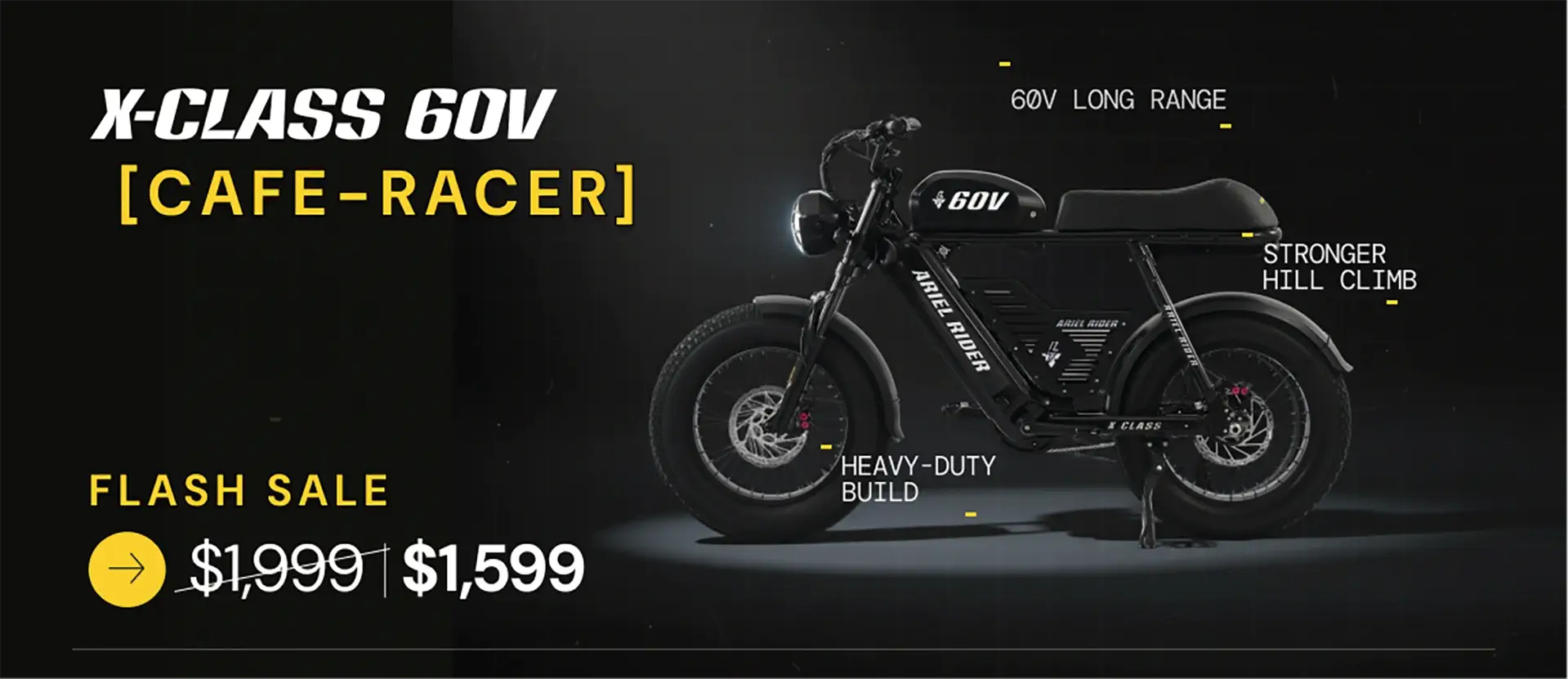Bicycle handlebars play a critical role in the overall riding experience, providing control and stability for the rider. The type of handlebars you choose can greatly impact your comfort, performance, and safety. There are several different types of handlebars available, each with their own unique characteristics and intended use.
-
Drop Handlebars: These handlebars are popular among road cyclists and feature a distinctive drop or ram's horn shape. They provide different hand positions. This lets riders switch between a comfortable upright stance and a forward lean for better aerodynamics. Additionally, drop handlebars come with integrated brake and gear levers, allowing for easy access while in the drops. However, they may be less comfortable for extended rides and are not ideal for off-road cycling.
-
Flat Handlebars: These handlebars are flat on top. They are the most common type found on mountain bikes and some hybrid bikes. They provide a more upright riding position and offer better control and stability, especially on rough terrain. They also allow for easy installation of various accessories such as lights and bags. However, they do not provide as many hand positions as drop handlebars, and they are not as aerodynamic.
-
Riser Handlebars: These handlebars are similar to flat handlebars, but they have a slight upward bend. They give a more upright riding position. This helps with control and stability, like flat handlebars. They also provide a more comfortable grip. They are also good for off-road riding and for riders who prefer a more relaxed riding position.
-
Bullhorns Handlebars: These handlebars are shaped like a bull's horns and are similar to drop handlebars but with a straight portion at the end. This allows for a more aggressive riding position and also provides multiple hand positions. They are suitable for road cycling and for riders who prefer a more aggressive riding position.
-
Cruiser Handlebars: These handlebars are similar to flat handlebars, but they are wider and have a more relaxed bend. They provide a more upright riding position and are good for comfort and stability, especially on longer rides. They are suitable for cruising, leisure riding, and for riders who prefer a more relaxed riding position.
-
Trekking Handlebars: These handlebars are similar to drop handlebars, but they have a more upright bend and are wider. They provide multiple hand positions and are suitable for long-distance riding, touring, and commuting. They are also good for riders who prefer a more relaxed riding position.
-
Butterfly Handlebars: These handlebars are shaped like a butterfly and provide multiple hand positions, similar to drop handlebars. They are suitable for long-distance riding, touring, and commuting. They also provide a more relaxed riding position. This is good for riders who like to sit upright.
-
Ape Hanger Handlebars: These handlebars have a very high rise and are often found on beach cruisers and some hybrid bikes. They offer a straight-riding position. This helps with visibility and comfort. However, they can be hard to control. They may also cause strain on the rider's back and wrists.
In conclusion, the type of handlebars you choose for your bike can greatly impact your comfort, performance, and safety. Each type of handlebar has its own unique characteristics and intended use. Drop handlebars work well for road cycling. Flat handlebars are best for off-road riding. Riser handlebars offer a relaxed riding position. Bullhorn handlebars are great for a more aggressive position. Cruiser handlebars are ideal for leisure and cruising. Trekking handlebars suit long-distance riding, touring, and commuting. Butterfly handlebars are good for long-distance riding, touring, and commuting, and offer a more relaxed riding position. Ape Hanger Handlebars are great for visibility and comfort. However, they can be hard to control. They may also cause strain on the rider's back and wrists.



